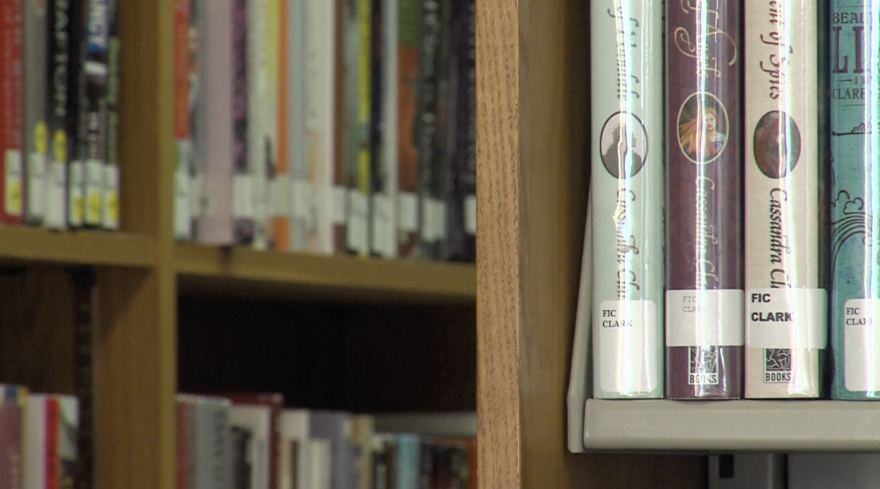Only 60% of Ohio third grade students tested as proficient in reading, according to data from last school year.
Now, Gov. Mike DeWine is considering requiring Ohio schools to adopt “the science of reading” as the only literacy method in the classroom.
The phonics-focused method has gained widespread approval from education experts.
But, not all higher education institutions are adequately teaching the method to soon-to-be teachers, according to a report by the Fordham Institute’s National Council on Teacher Quality. The organization analyzed the curriculum of 26 undergraduate and graduate education programs in Ohio – and the results were mixed.
Fordham Institute's Ohio research director Aaron Churchill said while some prep programs successfully emphasize this approach, many were found to be lacking – especially in hands-on instruction practice.
Only 44 percent of Ohio’s elementary teacher graduates come from programs deemed adequate by the report.
“That's really worrisome, because then you have incoming teachers into the classroom that are, frankly, going to be lost when they're asked to teach children how to decode and how to read words on the page,” Churchill said.
What is the science of reading method?
This science focuses on five pillars of effective instruction: phonemic awareness, phonics, fluency, comprehension and vocabulary.
In the classroom, that means focusing on verbalization by asking students to sound out words. In contrast, some literacy methods ask students to figure out a word based on context clues.

“It's built on a tremendous amount of research on how kids learn to read,” Churchill said. “And in our view, it's encouraging that the governor and other state leaders are behind this push to move elementary schools toward science.”
If DeWine’s plan is adopted, Ohio would become the 31st state to pass laws prioritizing the science of reading method, and the 4th to require it as the only literacy method.

Teacher preparedness
The report found that more than half of Ohio’s teacher preparation programs promoted multiple literacy methods in their training. Those programs integrated the “three-cueing method”, which focuses on context and would no longer be taught in K-12 classrooms under DeWine’s proposal.
Graduates that leave these programs would have to be retrained, Churchill said.
“That costs money, and that costs students, who are not being taught in optimal methods,” he said.
Around $86 million is earmarked for training educators in the science of reading in DeWine’s proposed budget. Another $12 million would go to support literacy coaches in school districts.
The National Council on Teacher Quality is pushing for lawmakers to go further and outline an assessment process for educators.
“The unfortunate thing is that over the years, not enough Ohio teachers, in general, have been well trained in the science,” Churchill said.
Revising curriculum
Churchill said if Gov. DeWine’s plan is to be implemented, the state needs to adopt some new policies for teacher preparation programs. Otherwise, elementary schools will perpetually be burdened with retraining teachers.
The state legislature is considering requiring the Department of Higher Education to review the elementary education reading curriculum. Churchill said that would be a step in the right direction.
“There are going to be some programs out there that probably have to make transitions in terms of how they're training teachers,” he said. “And we think what the state legislature is asking for will help move that transition quicker.”
Ohio’s teachers unions have come out against DeWine’s proposed plan, saying banning other methods could prevent teachers from meeting students’ specific needs.
But, Churchill said the method is proven to teach children to read – and could make all the difference for the 40% of Ohio third grade students who are not proficient in reading.
“I hope this movement in early literacy can make a big dent on that number and that that will see a lot more kids being proficient in future years.”


